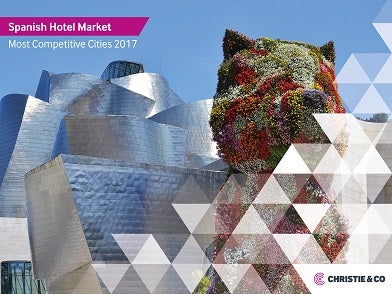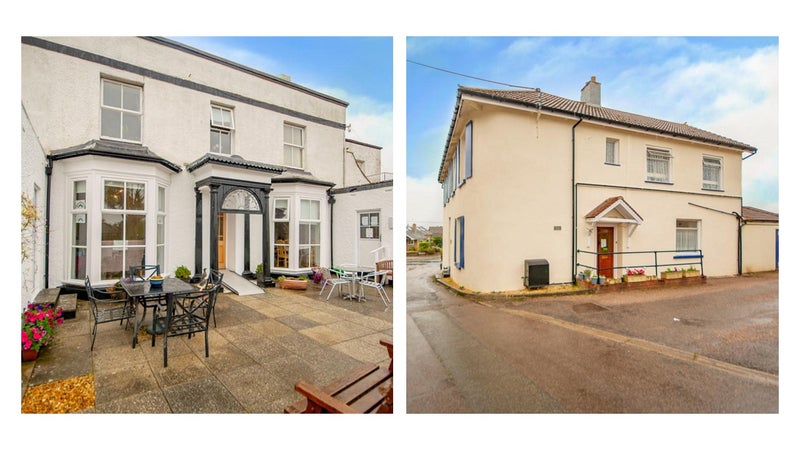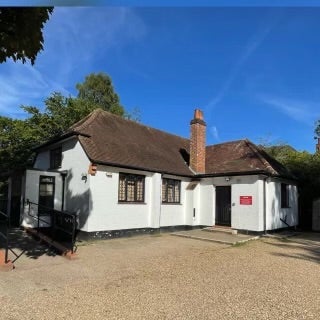Christie & Co “Spanish Hotel Market: Most Competitive Cities 2017”
Christie & Co, the leading specialist hotel property adviser, releases its new update on the report: “Spanish Hotel Market: Most Competitive Cities”.

Following their strategy of sharing useful information with the market by means of reports on relevant areas or cities to the tourism industry, Christie & Co now presents a new update (for the third year in a row) of its report "Hotel Market in Spain: Most Competitive Cities", which analyses the 2017 evolution of the hotel markets in Barcelona, San Sebastian, Madrid, Malaga, Seville, Bilbao and Valencia through three main parameters: hotel demand, offer and profitability.
Following data from the Profitability and Employment Barometer of the Spanish Tourist Destinations 2017 published by Exceltur, Christie & Co has analysed the most competitive cities in the country which generate the greatest interest among the main players in the tourism industry, specifically investors and operators who want to have a presence in these cities.
The remarkable growth in relation to the arrival of national and international travellers in recent years continues to be one of the key factors for the tourism and hotel industry’s recovery, with these seven cities having the highest RevPAR as far as urban destinations are concerned. It should be noted that the cities which have been analysed in the report accounted for a total of more than 53.7 million overnight stays in 2017, which represents 15.8% of all overnight stays registered in Spain during the same period. Also, according to the report, these cities received around 24.3 million passengers in 2017 (+3.2% vs. 2016), a figure that represents more than 23.5% of the total number of travellers received throughout Spain in the whole year.
The report shows that Barcelona is once again in the lead in terms of RevPAR, reaching 101.50 euros (an increase of 5.8% over the 2016 RevPAR figures), followed by San Sebastián with 91.6 euros (+ 5.9% vs. 2016). Madrid is in third position (72.4 euros) recording the largest RevPAR increase compared to the previous year, with a 14.4% rise. All three cities have maintained their respective positions in the ranking for the last three years, progressively increasing their RevPAR levels. In relation to this indicator growth, Madrid, as previously noted, obtains the highest increase, followed by Málaga (+12.8%), Valencia (+12.0%), Bilbao (+11.9%) and Seville (+9.5%), while San Sebastián (+5.9%) and Barcelona (+5.8%) close the list, although it should be noted that they both start from higher indicators than their competitors.
As for occupancy, Barcelona also enjoys the highest percentage, up to 79.2% in 2017 (despite having suffered a -0.3% decrease in 2016), followed by Malaga (77.8%) and Madrid (75.6%). Valencia, on the other hand, registers the lowest occupancy levels (69.8%), after Bilbao (73.6%) and San Sebastian (71.6%).
In terms of average price (ADR), San Sebastian leads the rankings, with 128.3 euros (+4.8% vs. 2016), and only one tenth ahead of Barcelona, which stands at second place with 128.2 euros (+6.1% compared to 2016). Both are followed, at a considerable distance, by Madrid with 95.8 euros (+10.4% vs. 2016), Seville with 90.1 euros (+6.8% vs. 2016) and Malaga, with 89.7 euros in ADR, which is the city with the greatest increase in average price compared to the previous year (+11.2%). The list concludes with Bilbao (84.2 euros of ADR and an increase of +9.4% compared to 2016) and Valencia (77.4 euros and +8.7% vs. 2016).
Finally, Christie & Co also reviews the pipeline of those upcoming projects that will be added to the existing hotel offer in all cities in the coming years, once they have overcome some of the difficulties that some cities are having in the development of new hotels. Madrid is, by far, the city with the largest number of new hotels planned (14 new projects of 5, 4, 3 and 1-star, which will be added to the 810 hotels registered in the city in 2017. Tied in second position, San Sebastian and Valencia anticipate eight new hotels. For San Sebastian, all of them will be 4-star, and will be added to its 141 existing hotels. For Valencia, the expected categories are 5 and 4-star, which will be added to the 145 hotels in operation in 2017. Barcelona is next, planning the opening of seven new projects (category 5, 4 and 3-star), to be added to the 650 existing hotels in the city. In Seville, there are six new projects planned (of categories 5 and 4-star) to increase its offer of 207 hotels. Finally, in Malaga and Bilbao, there are five planned projects in each city. In the case of Malaga, they will be 5 and 4-star (to add to the existing 85) and, in the case of Bilbao, 4-star, which will be added to the 67 existing hotels.
Joan Bagó, Analyst in the Christie & Co Spain & Portugal Consultancy Division, and responsible for the report, points out, "The growing internationalisation of all the urban destinations analysed has generated significant increases in the average price, boosting to record levels profitability in 2017. However, domestic demand, traditionally more sensitive to price, has been affected, something that has contributed to a general stagnation in occupancy levels.”
Inmaculada Ranera, Managing Director at Christie & Co Spain & Portugal, comments, "The most competitive cities in terms of profitability in Spain maintain their leadership position very well. All of them, in addition to the business sector and domestic tourism, have in common the weight of international visitors, which pushes these cities to have a quality hotel offering that allows them to obtain the highest ADR in urban tourism in Spain. Madrid, as capital, is the only city that, despite not being close to the sea, shows a regular growth since the end of 2014. Barcelona, despite the circumstances experienced in 2017, still leads the ranking, which shows that a tourism policy oriented to success has long-term consequences."



















